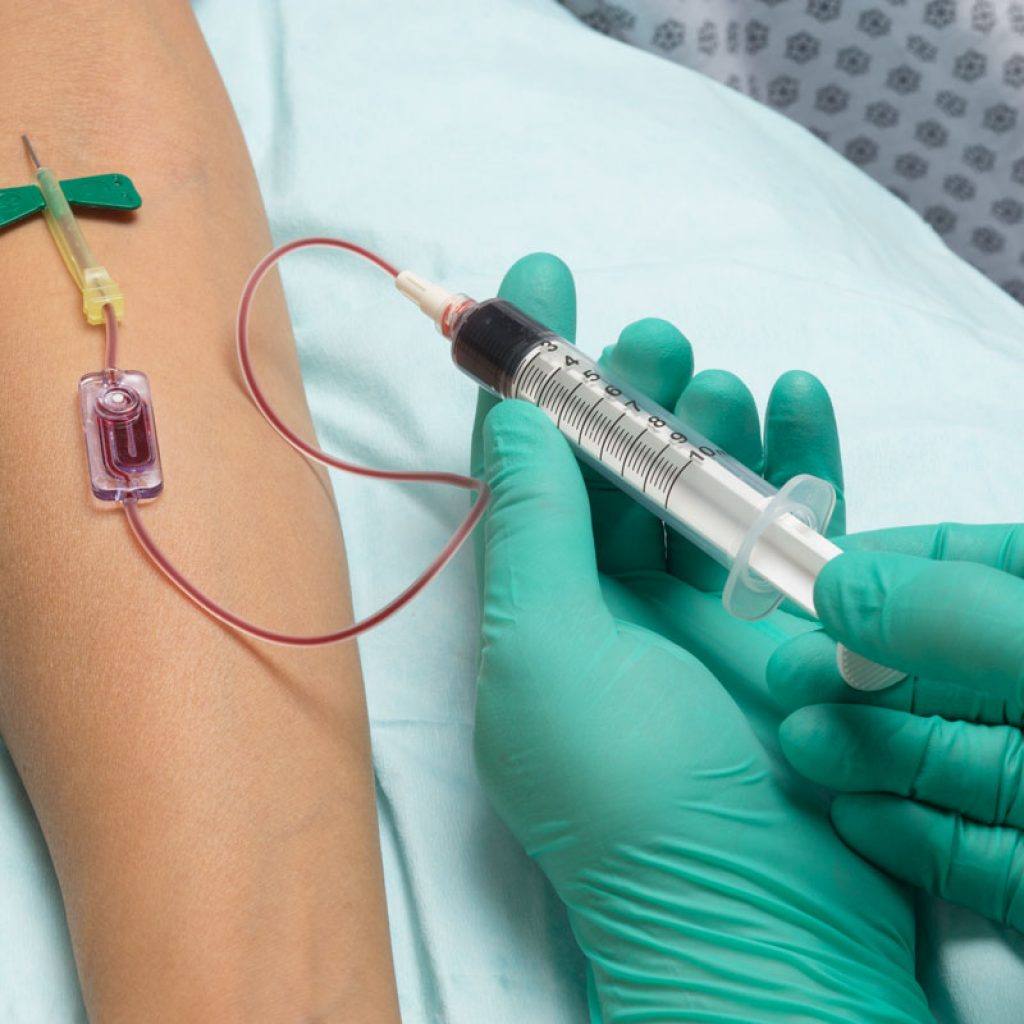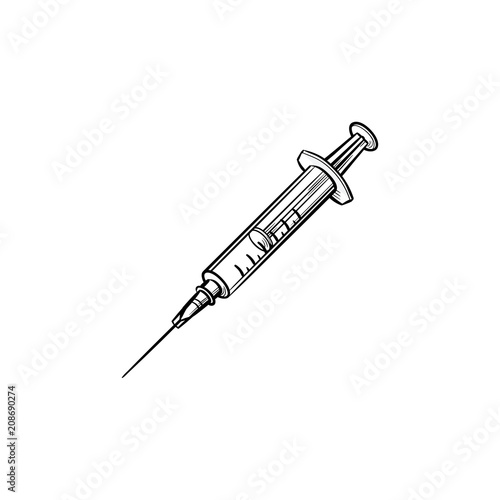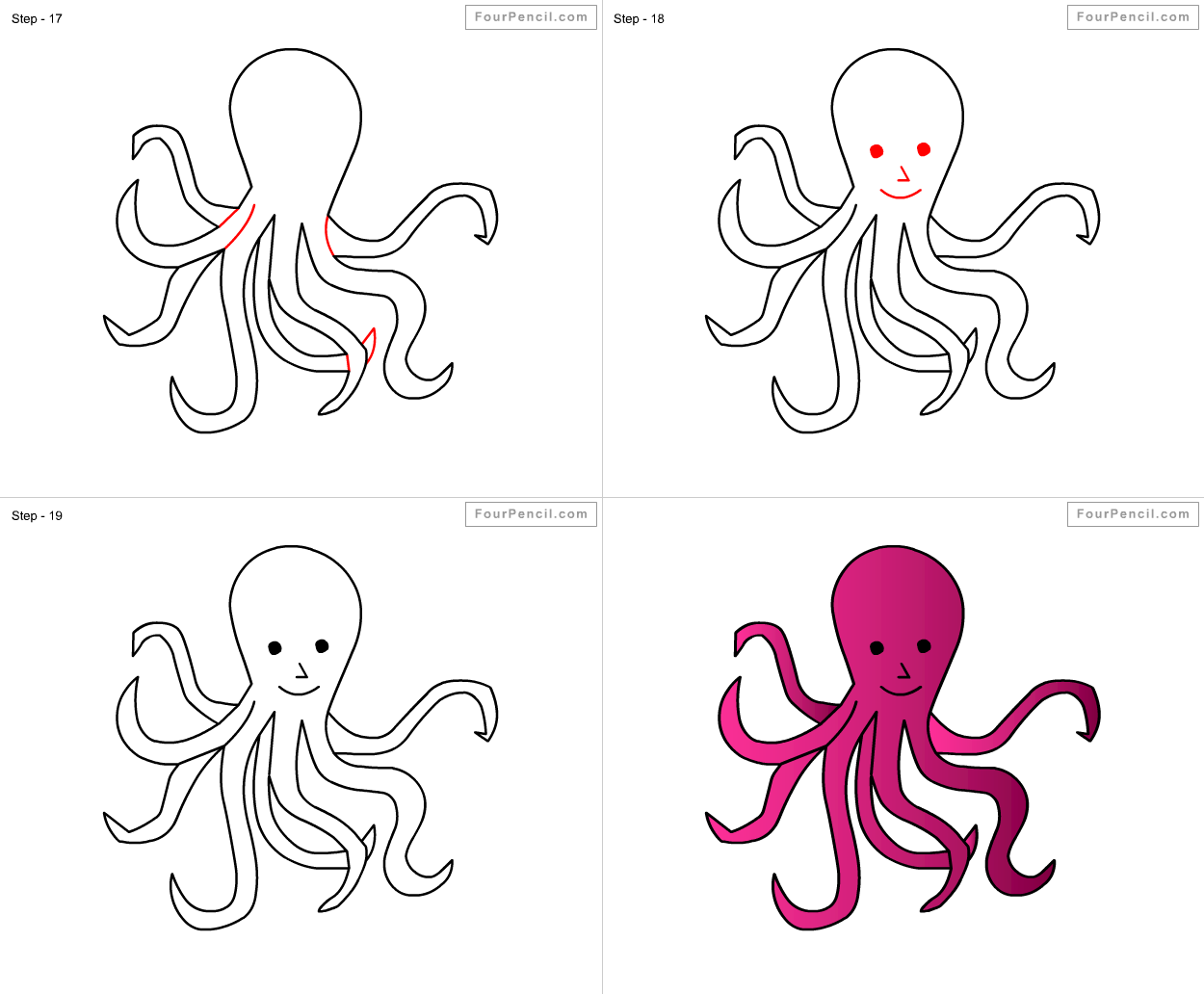Patent us20040116854
Table of Contents
Table of Contents
If you’re new to drawing a syringe, the process may seem intimidating at first. However, with the right guidance and instructions, learning how to draw a syringe can be a breeze. In this post, we’ll walk you through the steps of how to draw a syringe and provide additional information to help you feel confident in your abilities.
Pain Points of Drawing a Syringe
Learning how to draw a syringe can be a challenging process, especially without the proper guidelines. One concern that individuals may have is not knowing how much pressure to apply when pushing the plunger or the proper location for drawing the medication. Additionally, understanding the different types of syringes and the specific uses can be overwhelming.
How to Draw a Syringe
First, it’s essential to gather all necessary supplies, including a syringe, the prescribed medication, alcohol wipes, a sharps container, and any other necessary materials. Next, identify the appropriate location to administer the medication, ensuring that it is clean and free from any contaminants. Clean the injection site with an alcohol wipe and let dry. Remove the syringe cover and pull the plunger back to the desired dosage. Carefully insert the needle into the injection site and slowly push the plunger down to administer the medication. Finally, dispose of the syringe appropriately in a sharps container.
Summary
In summary, learning how to draw a syringe can be intimidating for beginners, but with proper guidance, it can become an easy process. The key to success is to have all necessary supplies, understand the correct location to administer the medication, and insert the needle carefully. Remember to dispose of the used syringes in a sharps container.
Step-by-Step Guide on How to Draw a Syringe
I remember the first time I had to draw a syringe for a patient, and I was a little nervous. However, with some guidance and tips, I learned to do it with confidence. To start, it’s essential to understand the different types of syringes and their uses. The most common types of syringes are insulin, tuberculin, and standard syringes. Each is used for specific injections, and it’s crucial to understand their differences before starting. Once you have chosen the correct syringe, gather all necessary supplies, including medication and alcohol wipes.
 Next, identify the appropriate location for administering the medication, ensuring that it is clean and free from any contaminants. Cleaning the injection site with an alcohol wipe is necessary, as this step reduces the likelihood of infection or other complications. Then, pull the plunger back to the desired dosage, insert the needle into the injection site and slowly push the plunger down to administer the medication.
Next, identify the appropriate location for administering the medication, ensuring that it is clean and free from any contaminants. Cleaning the injection site with an alcohol wipe is necessary, as this step reduces the likelihood of infection or other complications. Then, pull the plunger back to the desired dosage, insert the needle into the injection site and slowly push the plunger down to administer the medication.
Tips for Safe and Effective Syringe Practices
When drawing a syringe, it’s essential to follow some tips to ensure that the process is performed accurately and effectively. Firstly, always confirm with the patient or pharmacist which medication and amount need to be drawn. Secondly, always use a new syringe and needle for each injection. Thirdly, dispose of the used syringes in a sharps container, and finally, always double-check the medication dosage to avoid any errors.
Proper Needle Disposal
One essential aspect of using a syringe is to dispose of the used syringes properly. Used needles can pose a severe threat, and it’s crucial to dispose of them in a way that reduces the risk of harm to others. Sharps containers are specialized containers designed to safely store used needles and should be readily available.
Conclusion
Learning how to draw a syringe can seem overwhelming at first, but with the proper guidance and instructions, it can be a simple process. When performing the task, ensure that the chosen syringe is appropriate for the prescribed medication and understand the correct location for administering the injection. Additionally, following tips such as using a new syringe and needle for each injection and proper disposal can ensure safe and effective practices.
Question and Answer
Q: Do I need to push the air out of the syringe before drawing up the medication?
A: It’s not necessary to push the air out of the syringe; however, it’s essential to remove any large air bubbles to ensure accurate dosage measurement.
Q: Can I reuse a needle or syringe for more than one injection?
A: It is not safe to reuse a needle or syringe as this practice can increase the risk of infection or other health complications.
Q: Is there a right or wrong way to hold a syringe?
A: As long as the needle is inserted into the injection site correctly, there is no right or wrong way to hold a syringe. However, it’s essential to ensure a firm grip and that the plunger can be pushed down smoothly.
Q: How should I dispose of the used syringe correctly?
A: Always dispose of the used syringes in a sharps container. Ensure that the container is easily accessible and appropriately labeled to notify others of its contents.
Gallery
Syringe Hand Drawn Outline Doodle Icon. Medical Injection Syringe As

Photo Credit by: bing.com / syringe medical
Hand Drawn Syringe Royalty Free Vector Image - VectorStock

Photo Credit by: bing.com / syringe vector hand drawn vectorstock royalty
Patent US20040116854 - Syringe Retractable Needle And Method - Google

Photo Credit by: bing.com / patents syringe needle drawing
Patent US20100130961 - Syringe And Method For Reconstitution Of Dry

Photo Credit by: bing.com / syringe drawing patents patent google
Best Practice Guide: Blood Culture Collection With Kurin Lock | Kurin

Photo Credit by: bing.com / blood culture collection syringe kurin draw cultures set device practice





